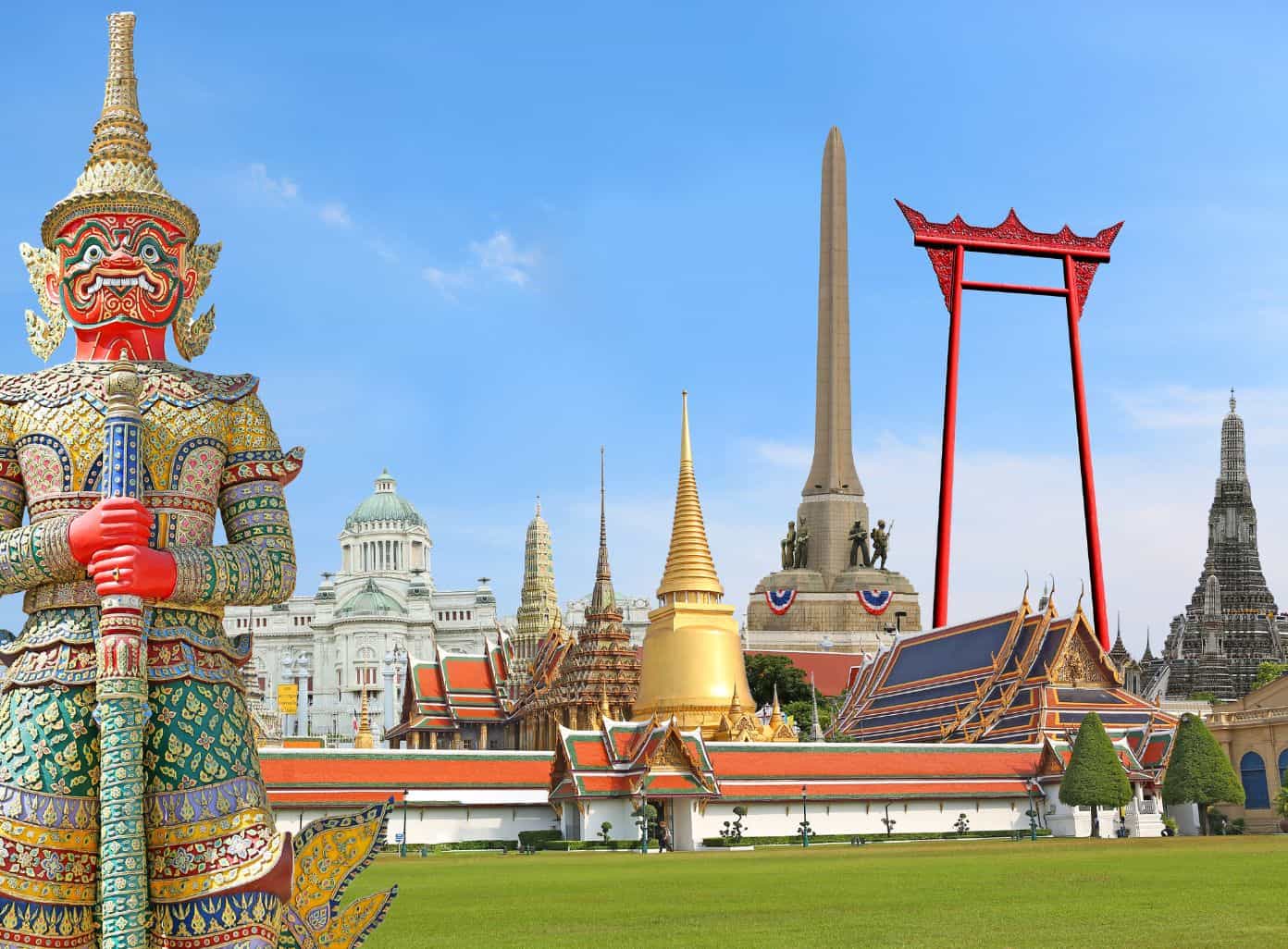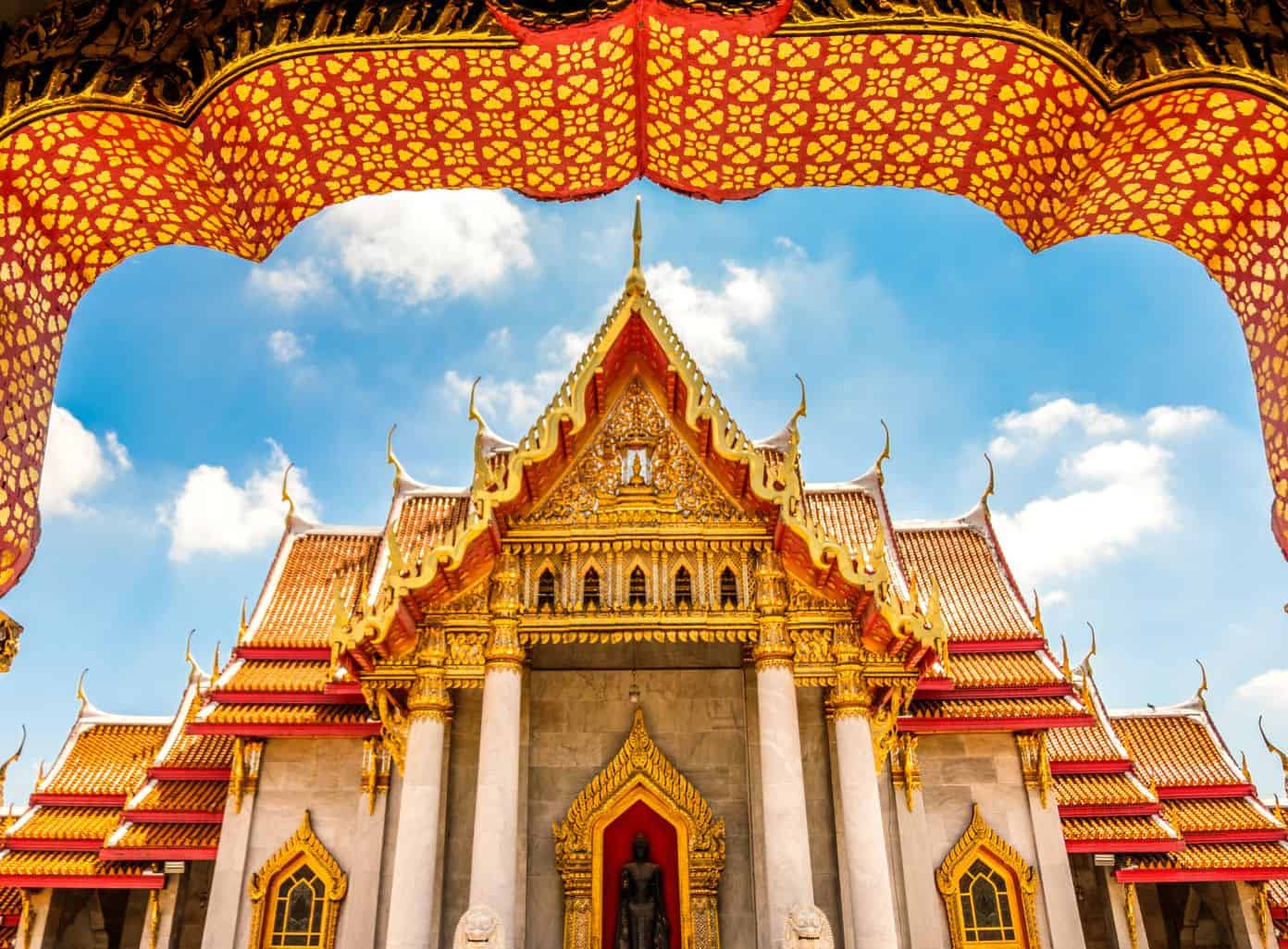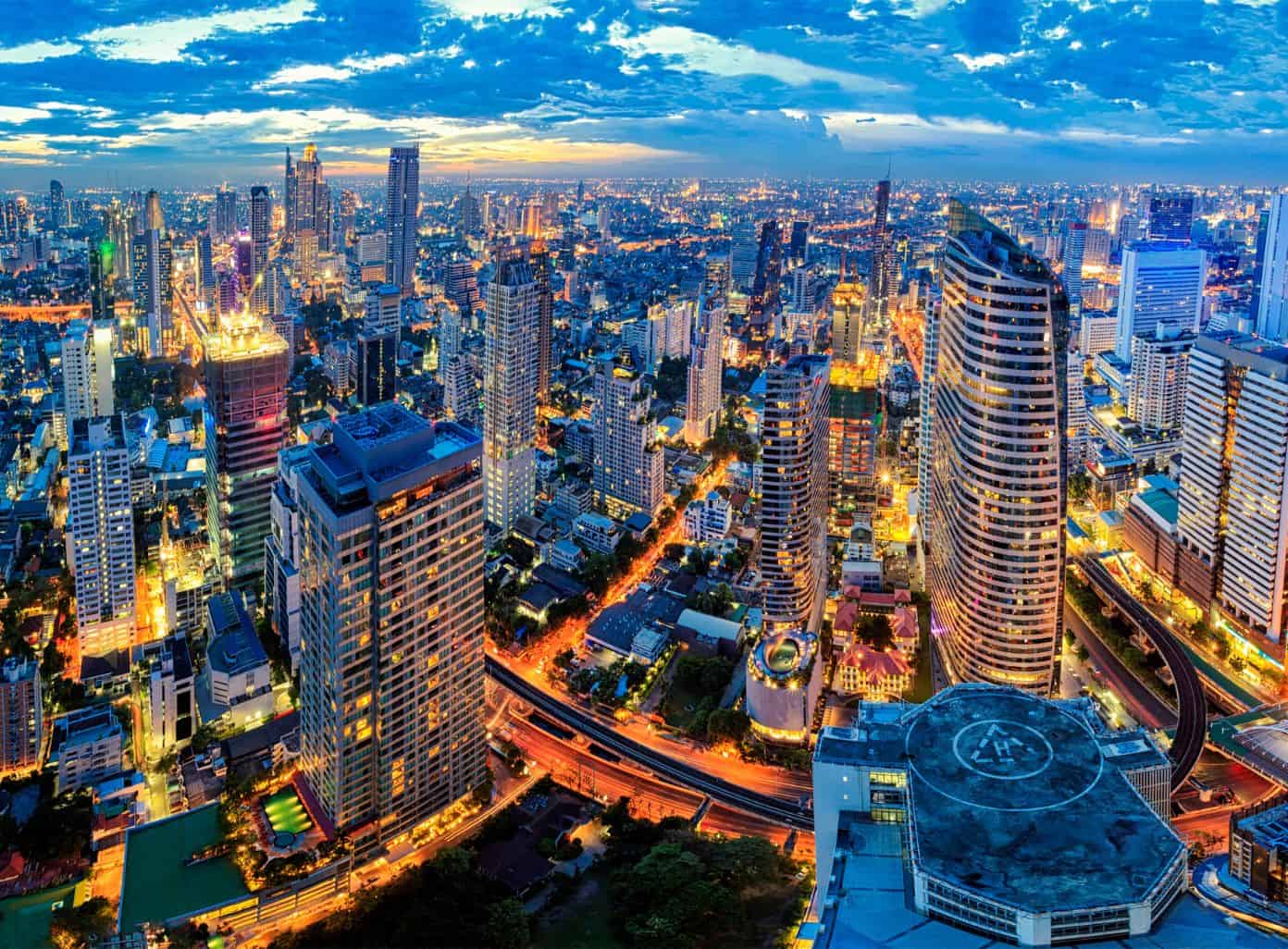Bangkok, the vibrant capital city of Thailand, is a remarkable destination that attracts millions of tourists every year. With its rich cultural heritage, bustling markets, ornate temples, and mouthwatering cuisine, it’s no wonder why people from all over the world flock to this enchanting city. However, choosing the best time to visit Bangkok can greatly enhance your overall experience. Understanding Bangkok’s climate and the seasonal changes will help you make an informed decision that suits your preferences and travel plans.

Understanding Bangkok’s Climate
Bangkok has a tropical monsoon climate, characterized by high humidity and temperatures that rarely drop below 20°C (68°F) throughout the year. The city experiences three distinct seasons: hot season, wet season, and cool season. Each season offers a unique atmosphere and presents its own set of advantages and drawbacks for visitors.
Overview of Bangkok’s Weather
From March to May, Bangkok enters the hot season, where temperatures can soar up to 35°C (95°F) and higher. High humidity levels make this time of year challenging, especially for those who are not accustomed to intense heat. Nonetheless, if you can tolerate the sizzling temperatures, you’ll benefit from fewer crowds and lower hotel rates.
From June to October, the wet season takes over, bringing frequent rain showers and occasional thunderstorms. Despite the rain, this season has its own charm, as the city’s parks and gardens become lush and vibrant. Additionally, hotel prices tend to drop significantly during the wet season, making it an attractive option for budget-conscious travelers.
The cool season, which spans from November to February, is widely regarded as the best time to visit Bangkok. During this period, temperatures are relatively cooler and more pleasant, ranging from 25°C to 30°C (77°F to 86°F). The cool breeze and low humidity create a comfortable atmosphere, making it ideal for exploring the city’s outdoor attractions.
Seasonal Changes in Bangkok
While the general climate remains consistent, Bangkok experiences several seasonal changes that can influence your travel experience. These changes are particularly visible during the transition periods between the seasons.
During the transitional periods, such as April and October, Bangkok can be subject to unpredictable weather patterns. It’s not uncommon to experience sudden downpours or heatwaves. If you’re planning your visit during these months, it’s wise to pack some rain gear and be prepared for temperature fluctuations.

Peak Tourist Seasons in Bangkok
Bangkok’s peak tourist seasons are determined by the city’s festivals, events, and holidays, which attract a significant influx of visitors. Planning your trip accordingly can make a huge difference in terms of your overall experience.
Advantages of Visiting During Peak Season
If you appreciate the excitement of crowds, visiting Bangkok during peak season can be a thrilling experience. Festivals like Songkran (Thai New Year) in mid-April and Loy Krathong (Festival of Lights) in November offer a unique cultural immersion. The atmosphere is electric, and the streets come alive with colorful parades, traditional performances, and elaborate fireworks.
Furthermore, during the Christmas and New Year period, Bangkok is adorned with dazzling lights and decorations. The city’s renowned shopping malls become a haven for shoppers, offering irresistible discounts and promotions. If you’re a shopaholic or you enjoy the festive cheer, visiting Bangkok during the peak season is a fantastic choice.
Drawbacks of Peak Season Travel
However, visiting Bangkok during peak season also comes with its challenges. One major drawback is the surge in prices for accommodations, flights, and popular tourist attractions. As travelers from all over the world converge on Bangkok, prices tend to skyrocket. Additionally, the city’s popular attractions can get overcrowded, making it harder to fully appreciate their beauty and tranquility.
Another factor to consider during peak season is the traffic congestion. Bangkok’s roads can become increasingly congested during major events, leading to long travel times and frustrations. If you prefer a more relaxed and peaceful experience, avoiding peak season might be a better choice.
Off-Peak Travel to Bangkok
If you’re seeking a more tranquil experience and don’t mind the slight inconveniences that come with off-peak travel, visiting Bangkok during the shoulder seasons can be a fantastic option.
Benefits of Off-Peak Travel
Off-peak travel offers numerous advantages, one being the significant reduction in prices. Accommodations, flights, and attractions often offer great deals during this time, enabling travelers to stretch their budget further.
Exploring Bangkok’s landmarks and popular attractions becomes more enjoyable as the city is less crowded. You can take your time to marvel at the intricate architecture of the Grand Palace, take photos without throngs of people, and experience the serene ambiance of the city’s renowned temples.
Potential Downsides of Off-Peak Visits
While off-peak travel to Bangkok has its merits, it’s important to consider a few potential downsides. The weather during off-peak seasons can be slightly unpredictable, with intermittent rain showers. This may hinder outdoor activities, but it also presents an opportunity to explore the city’s indoor attractions, such as museums and art galleries.
Additionally, some attractions or festivals may have limited operating hours or be temporarily closed for renovations during off-peak periods. It’s advisable to do thorough research and consult local resources to ensure your chosen attractions are open during your visit.
Month-by-Month Guide to Visiting Bangkok
To help you further narrow down your ideal time to visit Bangkok, here’s a month-by-month guide detailing the weather and events throughout the year.
Weather and Events from January to June
January and February offer cool and pleasant weather, making it a popular time for tourists. Chinese New Year celebrations are also held during January or February, adding a touch of cultural festivity to the city.
In March, the hot season begins, accompanied by rising temperatures and humidity. However, Bangkok also hosts the International Festival of Dance and Music, which showcases world-class performances.
April marks the start of Songkran, the Thai New Year festival, where locals engage in vibrant water fights. The city comes alive with excitement and camaraderie during this festival.
May brings warm temperatures and occasional rain showers. However, the Royal Ploughing Ceremony takes place in May, offering a glimpse into Thailand’s agricultural traditions.
June can be considered the bridge between the hot and wet seasons, with increasing chances of rain. Despite this, June is also when the annual Great Chao Phraya River Festival occurs, featuring boat races and cultural exhibitions.
Weather and Events from July to December
July and August are part of the wet season, characterized by frequent showers and lush vegetation. These months coincide with Buddhist Lent, during which locals participate in colorful processions and merit-making activities.
September and October are the rainiest months in Bangkok. However, the city celebrates the Vegetarian Festival during this period, offering unique culinary experiences and cultural displays.
In November, the wet season starts to subside, and Loy Krathong brings enchantment to the city. This festival involves floating decorated baskets on waterways, accompanied by fireworks and beauty pageants.
December is the start of the cool season, making it a popular time to visit Bangkok. The city sparkles with festive decorations, and Christmas and New Year’s Eve celebrations create a magical atmosphere.
Planning Your Bangkok Itinerary
Regardless of when you choose to visit Bangkok, planning your itinerary is crucial to make the most of your time in this captivating city.
Must-See Attractions in Bangkok
When visiting Bangkok, certain attractions shouldn’t be missed. The Grand Palace and Wat Phra Kaew, home to the Emerald Buddha, offer a glimpse into the city’s rich history and architectural marvels. Wat Arun, also known as the Temple of Dawn, is another iconic landmark that provides breathtaking views of the Chao Phraya River.
For a taste of Bangkok’s vibrant street life, explore the bustling markets like Chatuchak Weekend Market and Damnoen Saduak Floating Market. These markets offer an array of goods, from traditional Thai handicrafts to tantalizing street food.
Festivals and Events in Bangkok
In addition to the attractions, attending the festivals and events that align with your travel dates can further enrich your Bangkok experience. Immerse yourself in the revelry of Songkran, witness the beauty of Loy Krathong, or indulge in culinary delights during the Vegetarian Festival.
Keep in mind that festivals can attract large crowds, so plan accordingly and book accommodations in advance. Arriving early to festival events will ensure you secure a good spot to fully enjoy the festivities.
In conclusion, choosing the best time to visit Bangkok depends on your preferences, budget, and desired experience. Whether you thrive in the excitement of peak seasons or seek a quieter off-peak adventure, Bangkok offers something for everyone. By understanding the city’s climate and seasonal changes, you can make an informed decision and create unforgettable memories in the mesmerizing city of Bangkok, Thailand.

